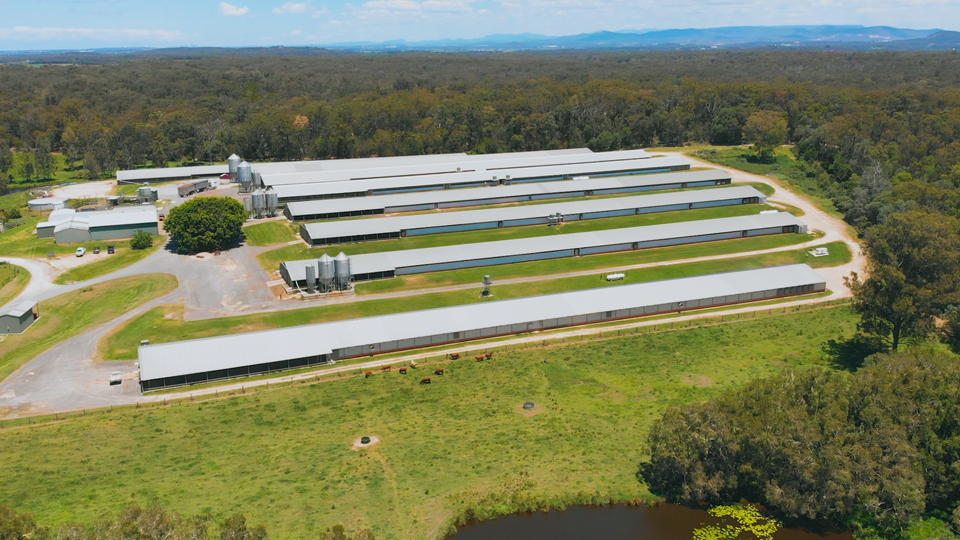Chicken litter screening and search tool
The Chicken litter screening tool is a database of bedding and litter materials for the Australian chicken meat industry. It details the beneficial properties, potential...


Litter in good condition—dry and friable—optimises chicken health and welfare, improving their growth and productivity.
Here you will find litter resources and tools for meat chicken growers and breeders including guides, videos and webinar recordings. There are also links to current research project summaries and completed project final reports.
The Chicken litter screening tool is a database of bedding and litter materials for the Australian chicken meat industry. It details the beneficial properties, potential...
Litterpedia
Pre-heating the floor and litter in the brooding area before placement is as important as heating the air to the correct temperature for the health...
Litterpedia
A normal process of feed digestion in chickens includes the excretion of nitrogen in their manure. If the system is not managed appropriately, high levels...
Environment
Checking litter conditions in the shed every day is an important part of shed management. This pocket-size chicken litter guide will help you and your...
Environment
Managing litter, or bedding, is an essential part of growing meat chickens. These videos and animations explain some of the different factors that can affect...
Litter
There are four litter guides for meat chicken growers and breeders:
Chicken meat growers and breeders can order copies of the ‘Litter pocket guide’ and ‘Litter condition shed poster’ to help assess and manage their litter from Rachele Osmond.
Watch these short litter videos and animations to learn more about factors that affect litter—relative humidity; ammonia and litter management; shed maintenance; water movement in litter; drinker management; litter re-use, and; preheating sheds and litter.
Temperature and humidity play a large role in poultry shed conditions. This animation looks at how temperature and humidity interact, how condensation forms, and how ventilation can sometimes be a cause of increased moisture levels.
This animation describes the process of how ammonia forms in poultry sheds and how managing moisture levels can reduce ammonia and keep litter dry.
This video describes some of the shed structural components that can ultimately affect moisture levels and litter conditions. This video is divided into three areas: shed tightness and air leakage; insulation; and how darkling beetle damage can potentially influence litter conditions.
This animation describes how the process of how water moves into and out of the litter. It explains water activity and why bird migration within the shed needs to be managed to avoid wet letter issues.
Drinkers can be one of the biggest influence on litter moisture and condition. This video highlights some of the main areas where drinkers can contribute to extra water being added to the floor.
Some farms use the same litter over multiple flock grow-outs. This video describes the process of how litter can be re-used and how it should be treated between each grow-out period.
Having litter and floor temperatures right at the start of a batch is an important step in maintaining good litter conditions. This video looks at how cold floors can affect chicks and litter moisture, and how to dry wet bedding before placement.
Watch the latest webinar presented in October 2024 for an update focused on the summer season.
View this collection of past litter webinar recordings to learn about litter management, amendments and alternative litter options for meat chicken growers. Topics include: litter supply, risk assessment of alternative litter types, suitability of litter amendments and best practice litter management.
To keep up to date with the latest industry insights, check back regularly and subscribe to Beak to Beak.
This website is administered on behalf of the AgriFutures Chicken Meat Program by the Department of Agriculture and Fisheries, Queensland through the ‘Training and extension for the chicken meat industry’ project (PRJ-011920). This project is funded by the AgriFutures Chicken Meat Program.
For more information about the AgriFutures Chicken Meat Program, click here.
